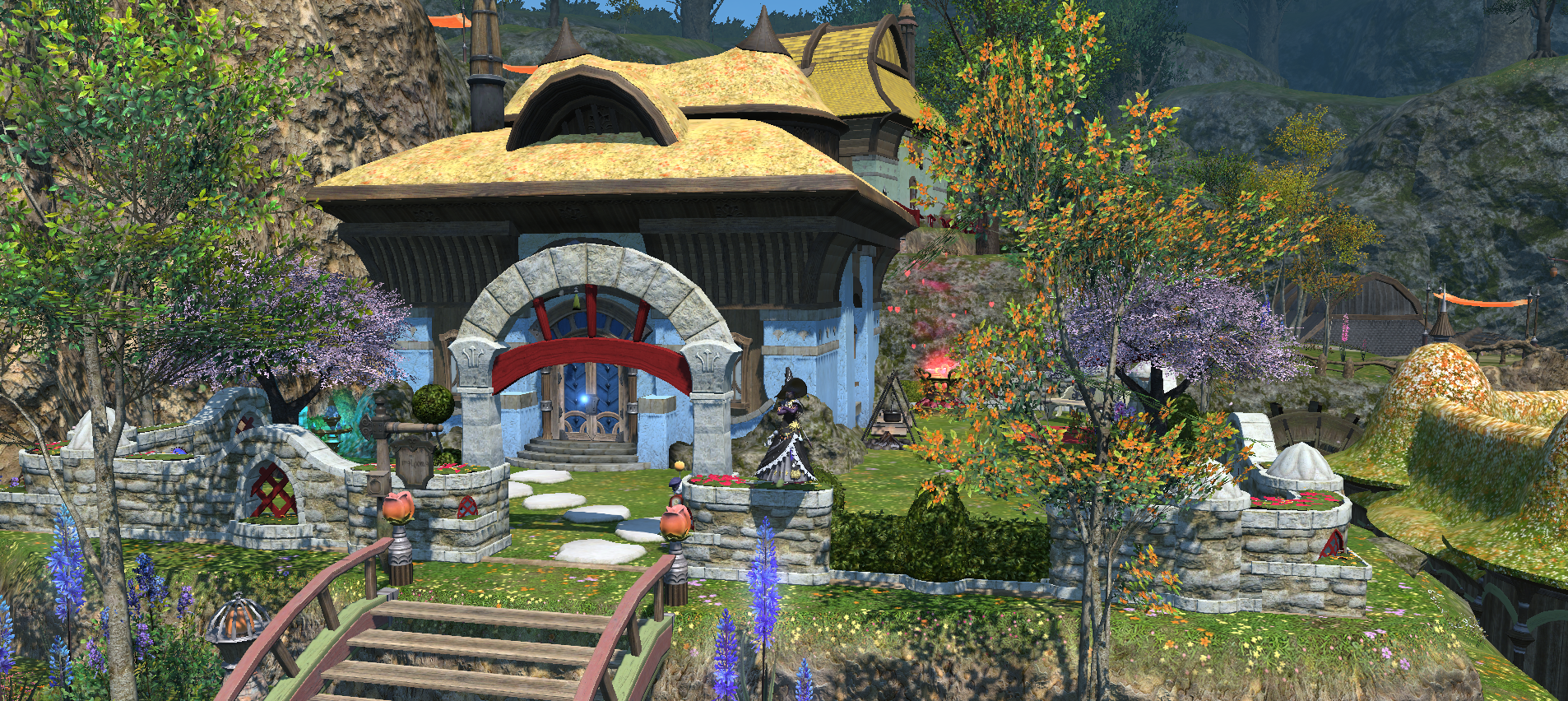Virtual Community Participant Observation Guidelines
Objectives:
- Complete Human Subjects Research training.
- Research virtual communities using participant/observation methodologies.
- Take field notes. See activity guidelines for complete instructions.
The Research Methods Knowledge Base definition of Participant Observation:
One of the most common methods for qualitative data collection, participant observation is also one of the most demanding. It requires that the researcher become a participant in the culture or context being observed. The literature on participant observation discusses how to enter the context, the role of the researcher as a participant, the collection and storage of field notes, and the analysis of field data. Participant observation often requires months or years of intensive work because the researcher needs to become accepted as a natural part of the culture in order to assure that the observations are of the natural phenomenon.
From http://www.socialresearchmethods.net/kb/qualmeth.php
Read:
Boellstorff, T. et al. Ethnography and virtual worlds: A handbook of method. (2012). Princeton, N.J: Princeton University Press.
Pay particular attention to Chapter 5, “Participant Observation in Virtual Worlds.” Read closely.
Emerson, R. M., Fretz, R. I., & Shaw, L. L. (1995). Writing ethnographic fieldnotes. Chapter 1.
Keep in mind that this is written for on the ground physical observation rather than virtual – you’ll need to transfer the concepts to virtual environments and digital media. For example, you may want to type up your raw field notes while participating in virtual community observation.
Song, F. W. (2009). Virtual communities: Bowling alone, online together. New York, NY: Peter Lang.
Pay attention to how Song analyzed the communities she observed, and interpreted her data. Also, what theories informed her analysis and interpretation?
Part I: Learn about participant/observation methodologies, and select your approach.
Prepare yourself for the task. Take the Institutional Research Board sponsored CITI Training, as follows:
Human Subjects Research (HSR) Series, Social- Behavioral-Educational (SBE) Track, basic modules. http://www.esc.edu/irb/citi-online-training/
Part II: Select your community (or communities) to observe

For this activity, you’ll use your digital identities created for this course to participate in, and observe, the virtual community or virtual communities of your choice.
In Module 3, you’ll find detailed guidelines for creating characters and joining communities in World of Warcraft, Final Fantasy XIV A Realm Reborn, Star Wars the Old Republic, and Second Life. Read those before continuing with this activity. You are not required to use those communities for your research. If you’d like to select a different one, please discuss this with your instructor.
Share your virtual community selection in Module 2, Week 4.
Part III: Participant Observation
Please do not use any interview techniques to learn about the community you have chosen, although supplementary knowledge you have from prior experience may be included in your discussion if you are careful to distinguish between information acquired from your observation and prior knowledge. Please confirm your proposed community with me before you begin.
This assignment is weighted more to your analysis, your “read” of the situation. Demonstrate that you are acquiring the skills of “seeing” as an ethnographer. To be sure you gather enough data to generate significant opportunity for analysis, here are some things to keep in mind while taking your field notes:
- Describe the scene, paying attention all sensory If it seems useful, draw a map of the setting, indicating the position and movement of persons. Who is present? Who is absent?
- Look for the structure of the situation: are the participants differentiated from each other, as, e.g., leaders and followers, or those with more or less status? Is status differentiation or equality represented in dress, behavior, symbolic markers, differing prerogatives? How do people interact with each other?
- Are there any elements of ritual, either formal or informal, in what you observe? How do you interpret the meaning and effect of these ritualized behaviors?
- What appear to be the unspoken – or spoken — rules that underlie community participation and communication? Is there any mechanism for correcting a distortion or a mistake? Is there any formal authority? To what extent is it respected? Do people seem to follow the rules, explicit or tacit, or do they bend them?
- Is the event characterized more by order and agreement or conflict and disorder?
- Do all participants seem to be deriving the same benefits or satisfactions from participation? Do they have means of communicating positive or negative judgments about the situation?
- Are there stylized actions or modes of self-presentation that seem characteristic of this community? Do the participants seem aware of them? What purpose do they serve?
- What shared values or assumptions are reinforced (or contested) in this community?
Turn in:
- Your raw field notes as well as your post-hoc typed elaboration of your notes.
- A 1-2 page summary, descriptive write-up of the observation (scene-setting and highlights).
- An analysis and interpretation of the community (using the above questions as a guide) – 6-8 pages.
- A 1- 2 page self-critique — be sure to touch on both epistemological and ethical issues of research (g., to what extent did you ‘participate’ and to what extent did you ‘observe’? How did the two inform each other? Comment on the effect (hopefully minimal) of your presence and the degree to which you understood the community without having directly questioned the participants. What do you think you might have misunderstood or missed?).

Attribution:
Part III – Participant Observation is adapted from the Participant Observation Assignment in Heather Paxson. 21A.801J Cross-Cultural Investigations: Technology and Development, Fall 2012. (Massachusetts Institute of Technology: MIT OpenCourseWare), http://ocw.mit.edu (Accessed 2 May, 2016). License: Creative Commons BY-NC-SA

Virtual Community Participant Observation Guidelines by Nicola Marae Allain, Ph. D. is licensed under a Creative Commons Attribution-NonCommercial-ShareAlike 4.0 International License.